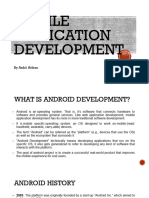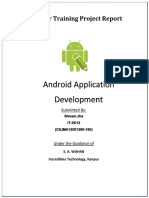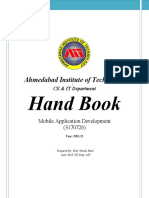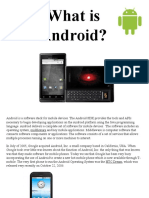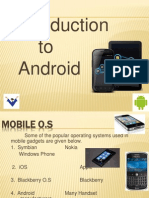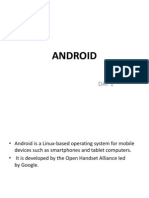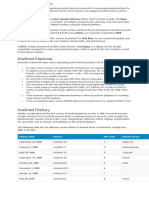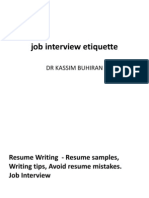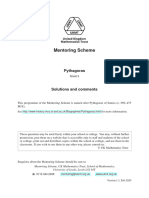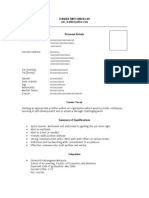0% found this document useful (0 votes)
22 views38 pagesLecture 02
The document outlines a course on Android Development, covering topics such as mobile technologies, application creation, user interface design, and Android's operating system history. It details the evolution of Android from its inception in 2003 to its current status as a leading mobile OS, highlighting key developments and features. Additionally, it discusses the Android application architecture, development environment setup, and types of Android applications.
Uploaded by
danushka3600Copyright
© © All Rights Reserved
We take content rights seriously. If you suspect this is your content, claim it here.
Available Formats
Download as PDF, TXT or read online on Scribd
0% found this document useful (0 votes)
22 views38 pagesLecture 02
The document outlines a course on Android Development, covering topics such as mobile technologies, application creation, user interface design, and Android's operating system history. It details the evolution of Android from its inception in 2003 to its current status as a leading mobile OS, highlighting key developments and features. Additionally, it discusses the Android application architecture, development environment setup, and types of Android applications.
Uploaded by
danushka3600Copyright
© © All Rights Reserved
We take content rights seriously. If you suspect this is your content, claim it here.
Available Formats
Download as PDF, TXT or read online on Scribd
/ 38











